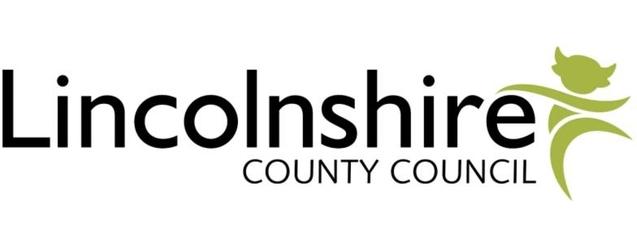In 2013 children’s social workers at Lincolnshire County Council switched over to the Signs of Safety approach. Social worker Chris Moody, who works in the family assessment and support team in Lincoln, tells us why he would never go back.
Hello Chris, when did you join Lincolnshire children’s services?
I started here in August 2012 and I now work in the Lincoln FAST team – the family assessment and support team. It’s one of the county’s eight locality based teams. We’re responsible for child in need, child protection and court work.
How did things work before the council switched to Signs of Safety?
Before we were just using the initial assessments and the core assessments. So if we were having a child in need meeting, you would fill in your plan from your professional perspective and take it with you. Especially when you’re busy it felt like you social worked people – you would go and ask loads of questions and then produce a report and write your plan.
There isn’t anyone going, ‘I prefer the old way’
So that’s changed significantly with Signs of Safety?
It’s been a fundamental change. It’s more client focused and the families have a lot more involvement. When we were doing initial and core assessments it definitely felt to me as if we were doing social work to people and with Signs of Safety I definitely think we’re doing it with them.
Signs of Safety encourages you to make sure the family voice is there and, if you can, you get them to lead the assessment. That’s not always the case but generally the family buys in and leads the work, you just help them.
Do you still use initial and core assessments?
We still do assessments obviously but we don’t do initials or cores anymore. We just do one social care assessment. With Signs of Safety you start with a danger statement, which we take out to the family. The danger statement explains to the family why we’re knocking on their door and what we’re worried about.
We still use the assessment triangle but we implement Signs of Safety within that. So within child development we break it down into what’s working well, what we’re worried about and what needs to happen. We do that for all dimensions within the assessment triangle and that produces the analysis and outcomes from the assessments.
So now when I have a first meeting with a family I’ll sit with them and, ideally, you get them to write their own plan.
You don’t get so much families just doing things to get you off their backs
Has that approach made it easier to engage with families?
Yes, I tend to find the buy in is a lot more with Sign of Safety. You don’t get so much of them just doing things to get you off their backs. Families definitely have more understanding of why we are involved so there is better buy in generally.
Does that increased buy in lead to better outcomes?
Where families buy into what we’re tying to do the outcomes do seem better. There’s now less re-referrals than we’ve had in the past when we did initial and core assessments.
It’s not just the social workers at Lincolnshire that have undergone Signs of Safety training is it?
Everyone within Lincolnshire has done the Signs of Safety training. Early help has done it and the police understand the language and the process, and schools too. Everybody has bought into it, understands it and seems to prefer it really.
There’s now less re-referrals
So how would you feel if you got moved to a council that didn’t use Signs of Safety?
To be honest, I would probably try to implement it myself. If I went back to doing initial and core assessments I would still use Signs of Safety in my analysis of what’s working well and what we’re worried about.
Signs of Safety makes it really clear to parents what we’re saying and what we’re worried about whereas I felt the previous initial and core system was more professionally focused. Once I’d done the training I was really looking forward to using it – it’s more inclusive for families – and everyone else on my team felt the same. There isn’t anyone going, ‘Oh god, this is a bad idea, I prefer the old way’.
Read more about being a Lincolnshire County Council social worker
How one council fixed the broken career ladder in children’s social work




 Facebook
Facebook X
X LinkedIn
LinkedIn Instagram
Instagram